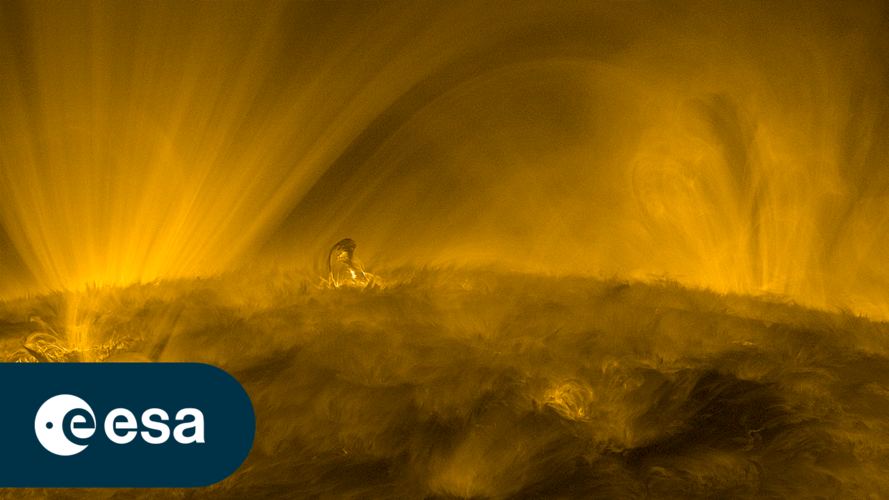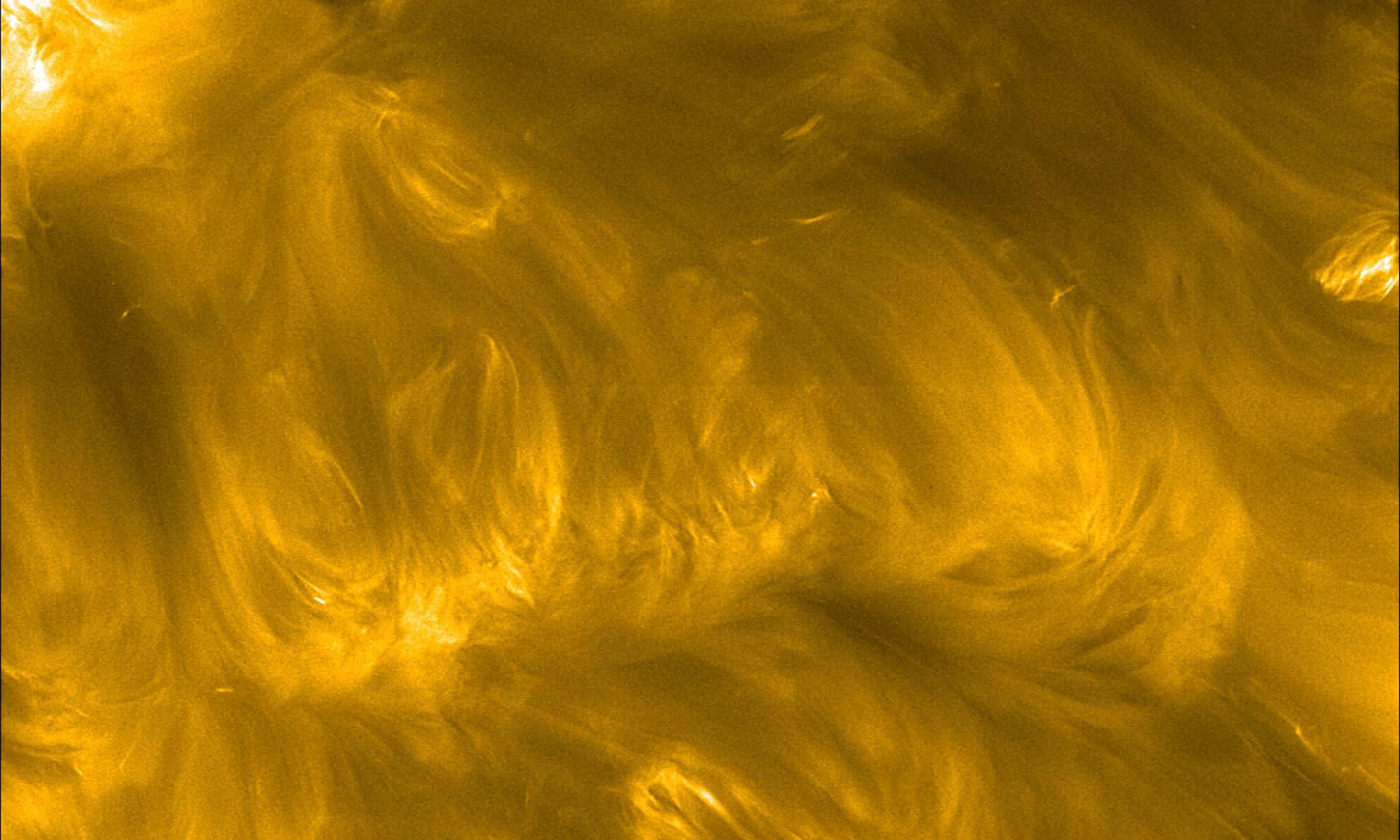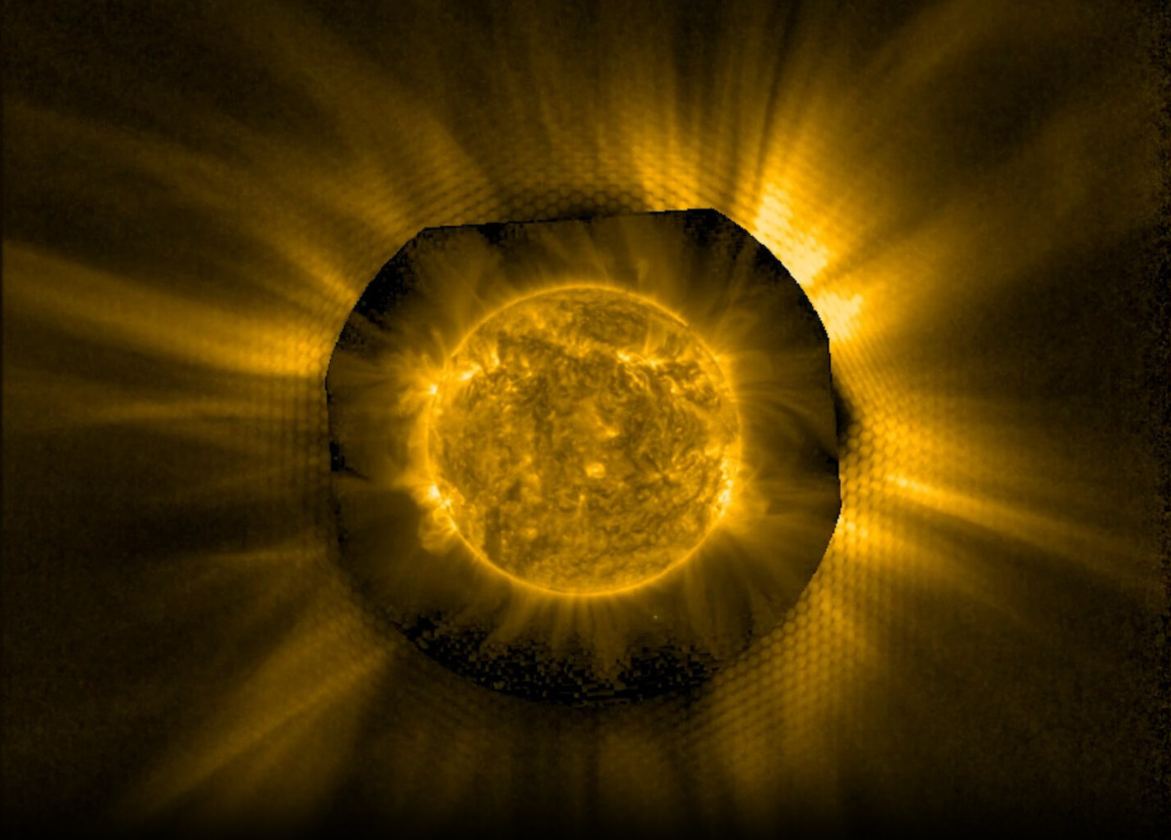Our local star the Sun has been the source of many studies from ground based telescopes to space based observatories. The ESA Solar Orbiter has been approaching the Sun, capturing images along the way in unprecedented detail. It arrived at its halfway point in March last year and captured a series of 25 images. They have now been stitched together to reveal an astonishingly high resolution image. You can even zoom in to see individual granules in the solar photosphere.
Continue reading “An Insanely High-Resolution Image of the Sun”An Insanely High-Resolution Image of the Sun










